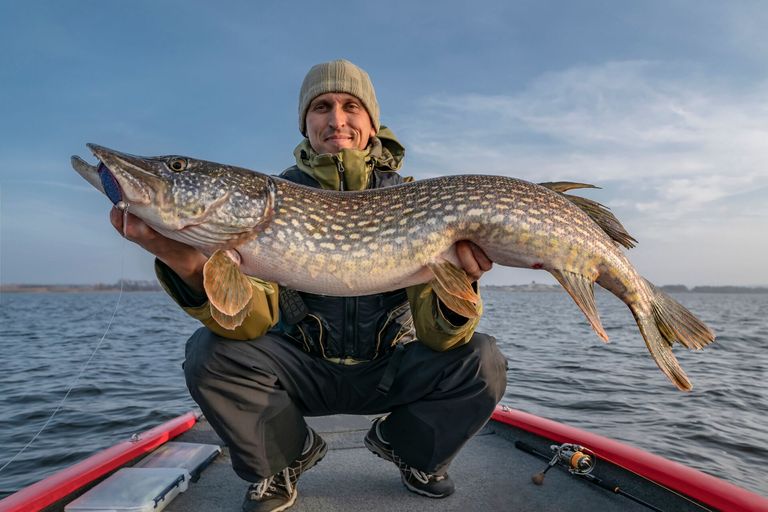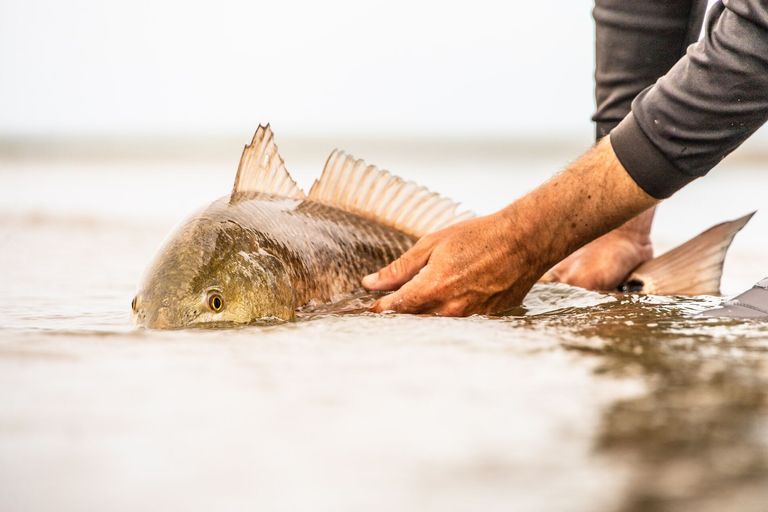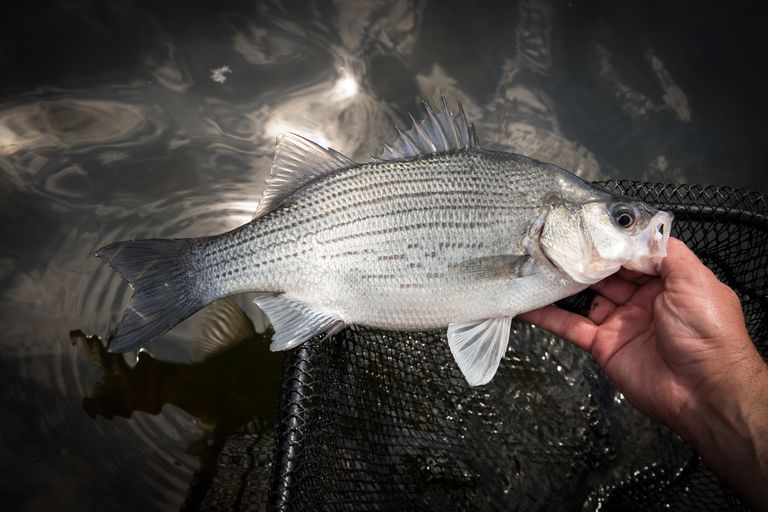How and Where to Catch Alligator Gar This Season
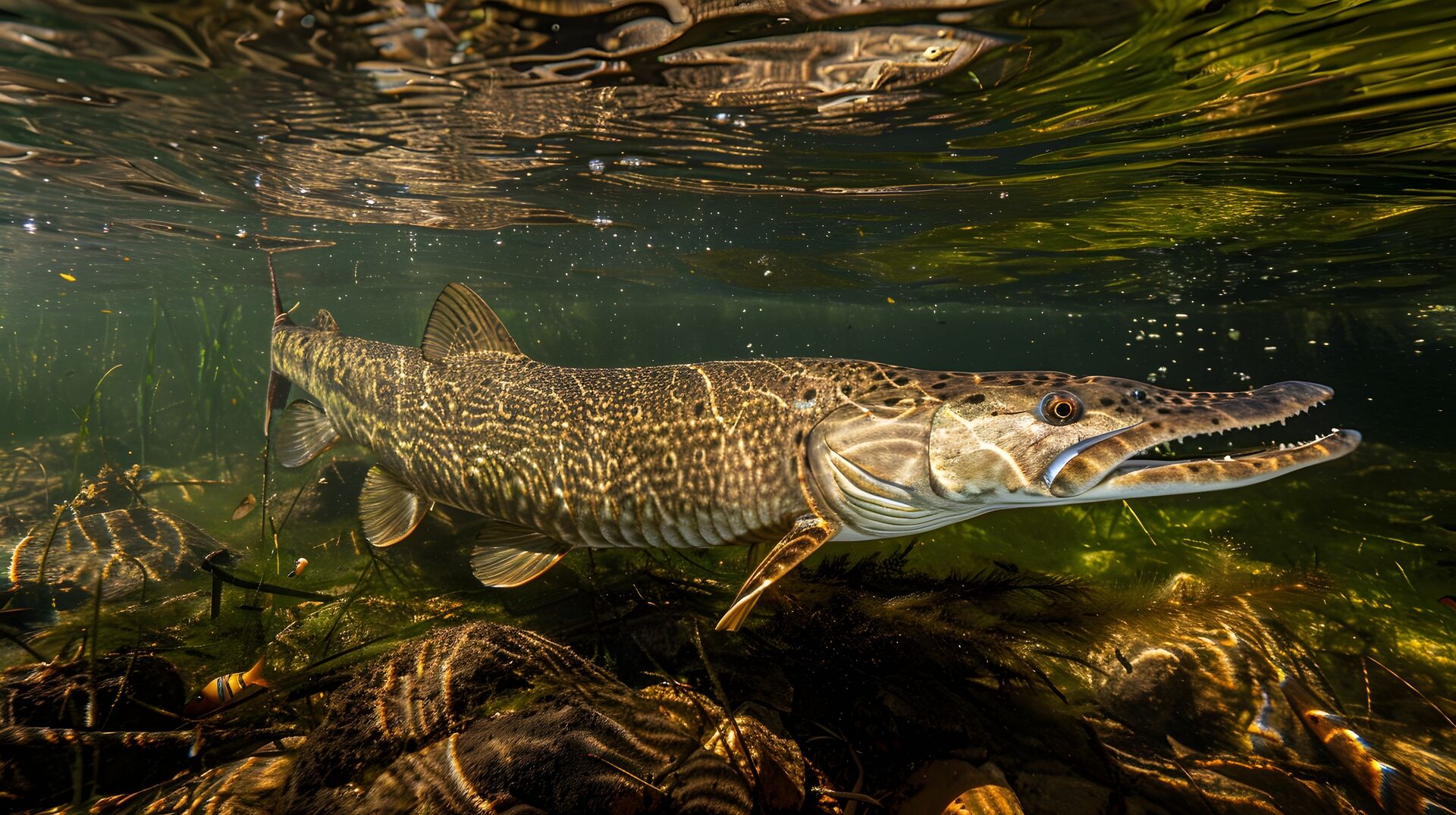
The alligator gar is the largest species in the gar family. Named for its long, alligator-like snout filled with sharp teeth, it often reaches six to eight feet or more and can weigh over 150 pounds
This fish has a nearly prehistoric appearance and tough scales that protect it like armor.
It can also breathe air through a vascularized swim bladder, making it more resilient and adaptable than many fish. This makes it understandably desirable for many anglers, and the best way to catch this aggressive and impressive fish is to know where to find it and what techniques work best.
Here's what to consider as you plan your fishing trip so you can add the most prominent member of the gar family to your "caught one" list.
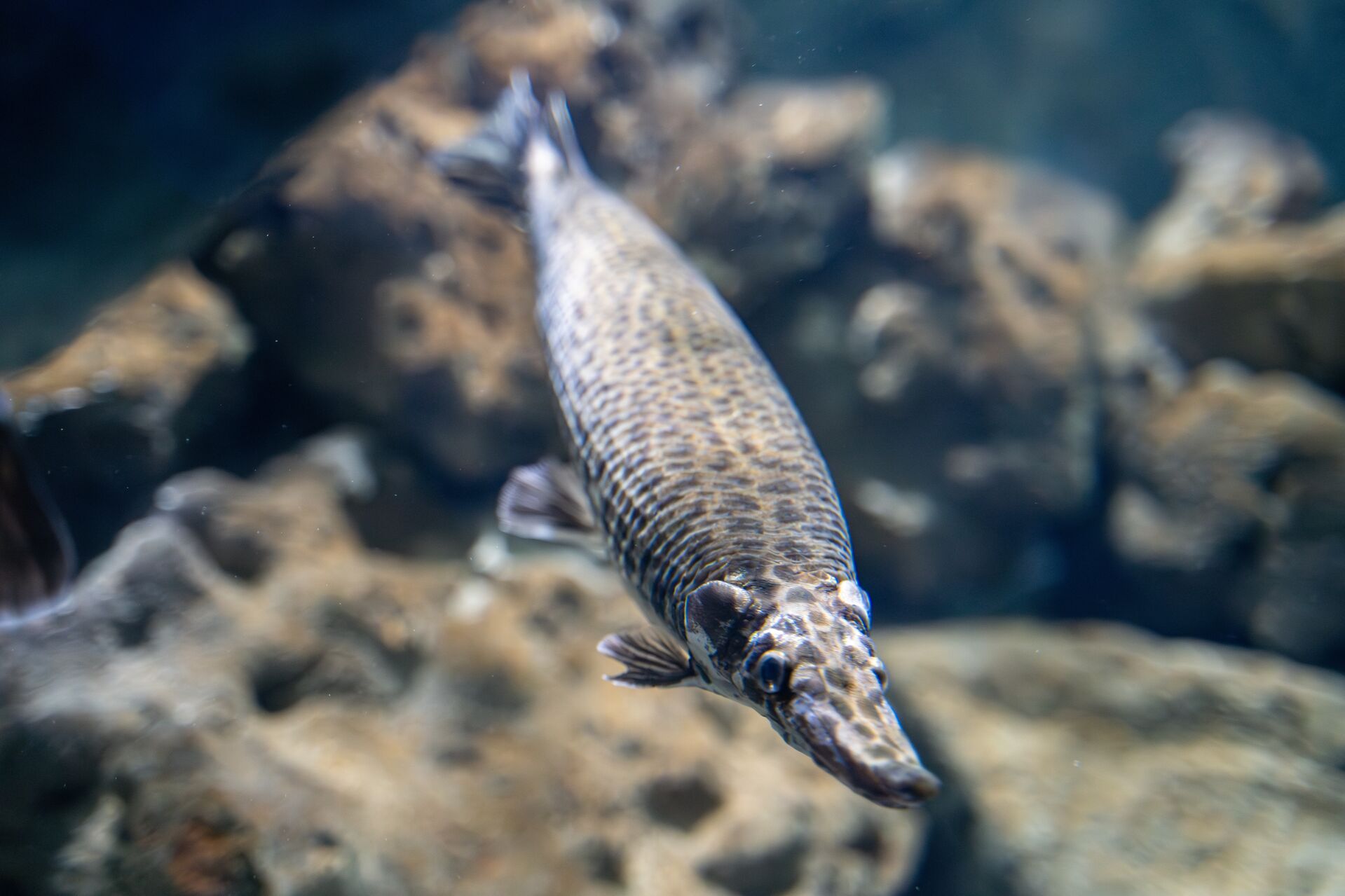
Where Will You Find the Alligator Gar?
These fish are typically found in the rivers, lakes, bayous, and estuaries across the Southern United States. They thrive in slow-moving waters and look for areas with a lot of vegetation, which gives them ample cover and vital hunting grounds.
Their main habitats include the Mississippi River basin and the Gulf Coastal Plains, extending from the Florida Panhandle to Texas. States like Texas, Louisiana, and Mississippi are known for their healthy populations. While the gar can be elusive, finding the prime locations increases your chances of a successful catch.
Understanding Gar Behavior
It's crucial to understand these fish's behavior to catch them effectively. They're opportunistic feeders and prey on various crabs, fish, and waterfowl. They're also more active in warmer water temperatures, typically between 75°F and 85°F.
Another essential thing to know about alligator gar behavior is that they're known for slow and methodical movements. They lie in wait and then use a sudden burst of speed to strike out and catch their prey. They look for areas with submerged structures or dense vegetation because these give them excellent ambush points.
Warmer months mean gar can generally be found in shallower waters and move to deeper areas in colder months. Knowing how they behave and where they're typically located improves your chances of catching one – and can make fishing for them more fun.
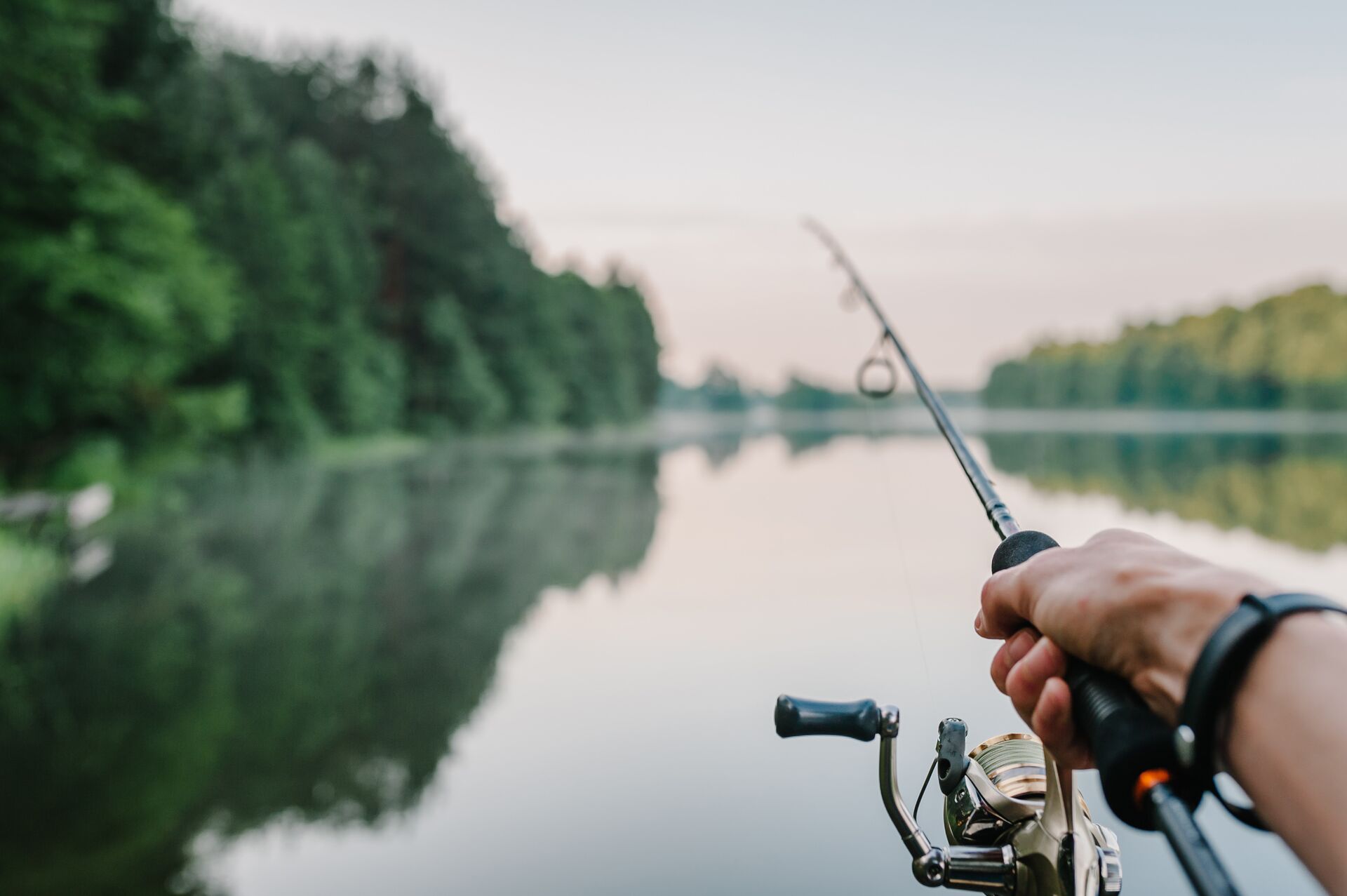
What Are the Best Times to Catch Alligator Gar?
Warmer weather, specifically late spring through early fall, is the best time to catch these fish.
Head out early in the morning or late afternoon because the air temperature is cooler, and the fish are more active. They're more likely to be hunting near the surface or in shallower areas, making them easier to catch.
You can also consider fishing after heavy rains because this type of weather typically brings gar closer to the surface and into areas that are more accessible. While that doesn't guarantee you'll catch one, it can improve your chances.
The Tackle and Gear You'll Need
If you're going to target this large fish, you want to make sure you have solid and reliable tackle and gear.
We recommend heavy-duty rods and reels designed for large fish. You'll also want to use a solid braided line with a high-pound test to withstand their sharp teeth and powerful runs.
Large hooks, typically size 4/0 to 6/0, paired with sturdy leaders (at least 18 inches of steel or heavy fluorocarbon) are also a good idea to help prevent break-offs. Include a large, sturdy net and a gaff in your gear collection for landing these massive fish safely.
Curate the Right Bait Selection
Using the right bait will definitely increase your chances of catching gar.
Effective bait for gar includes live baitfish, such as shad or mullet, and cut bait, which releases strong scents to attract these predators. Freshwater species like carp or buffalo fish can also be used effectively.
In some cases, large artificial lures that mimic the movement of their natural prey can trigger strikes.
Lures with vibrant colors and realistic actions, such as swimbaits and crankbaits, can be particularly effective when retrieved slowly near structures or vegetation.
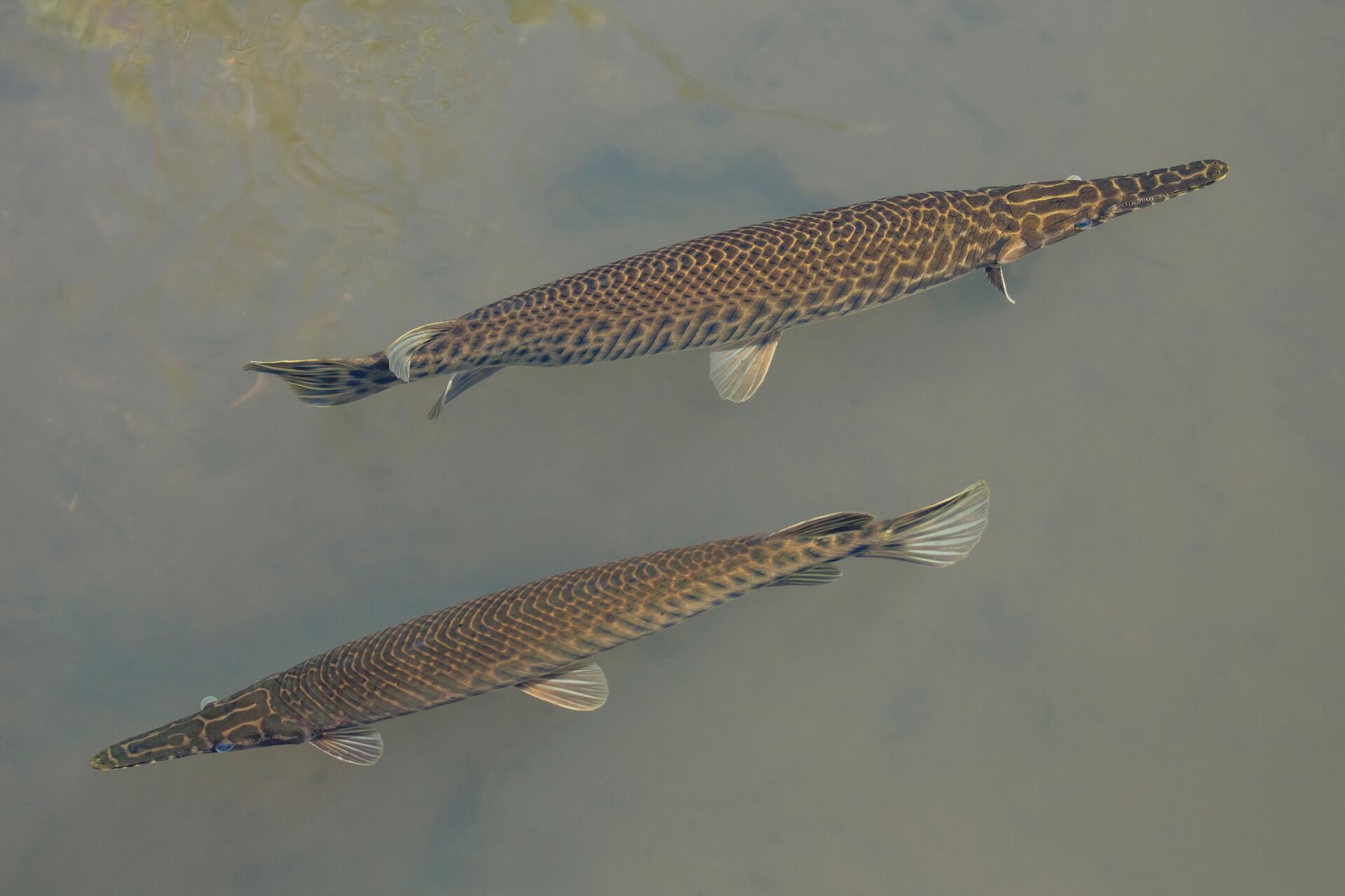
Apply the Right Techniques and Strategies
These aren't your average "fish of the day." Hooking and landing gar requires specific techniques and strategies.
Casting near submerged structures or dense vegetation where they're likely to ambush prey is a good idea. Additionally, patience is vital; you want to make sure the fish has fully taken the bait before setting the hook.
What Are Some Famous Gar Hotspots?
We talked about their habits, but where can you reliably run into the alligator gar?
The Trinity River in Texas is a premier destination for gar, and the Atchafalaya Basin in Louisiana and the Mississippi River near Vicksburg, Mississippi, are also popular spots. These areas offer numerous access points and are subject to regulations to help preserve the species.
Take Safety Precautions
Safety is paramount when fishing for these large gar – especially when fishing from a boat.
Their sharp teeth and powerful jaws can cause serious injury if improperly handled. Using heavy-duty gloves is the right choice, and you'll want to keep a safe distance from their mouth. Secure them properly and use a dehooker tool to minimize injury risk.
Additionally, being aware of your surroundings and the potential for encounters with other wildlife, such as alligators, is essential for a safe and enjoyable fishing experience.
And, as always, practice good boating safety essentials while you fish. Wear a lifejacket, make sure you have the right safety equipment on board, and know what to do if someone falls overboard while reeling in a big gar!
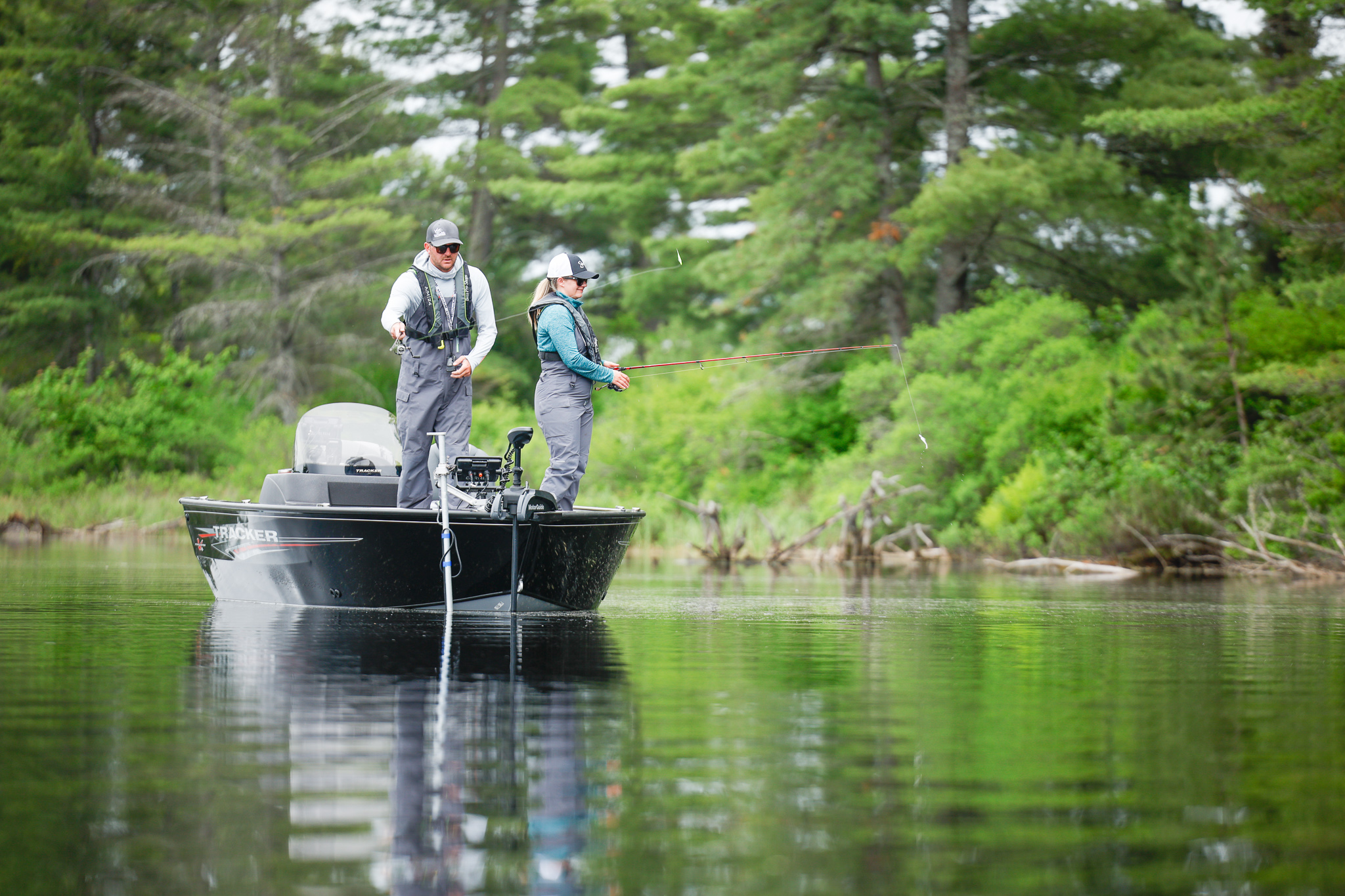
Learn Good Boating Safety Tips Before Getting Your Gar
Catching gar requires knowledge, patience, and preparation. A big part of that preparation should be understanding safe boating practices before heading out on the water for your fishing trip.
Not only can an online boater education course through BOATERexam help you be ready for unexpected situations, but it can also give you more peace of mind, making your trip more enjoyable!
We want you to reel in the gar of your dreams while staying safe on the water this season. So, in the U.S., find the course for your state and make sure you're safety certified, then head out for your catches of the day. For boaters in Canada, choose our Canada-approved course and get certified.

